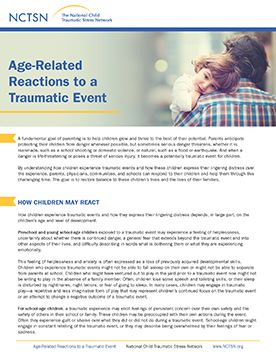
Age-Related Reactions to a Traumatic Event
Describes how young children, school-age children, and adolescents react to traumatic events and offers suggestions on how parents and caregivers can help and support them.
October was first declared as National Bullying Prevention Month in 2006. Since then, October has been a time to acknowledge that bullying has devastating effects on children and families such as school avoidance, loss of self-esteem, increased anxiety, and depression. Bullying can occur in multiple ways. It can be verbal, physical, through social exclusion, or via digital sources like email, texts, or social media. Unlike mutual teasing or fighting, bullying occurs when one person or a group of people is perceived as being more powerful than another and takes advantage of that power through repeated physical assaults, threats of harm, intimidation, or by purposefully excluding a person from a valued social group. Being bullied can severely affect the person’s self-image, social interactions, and school performance and can lead to mental health problems such as depression, anxiety, and substance use, and even suicidal thoughts and behaviors.
In 2015, about 21 percent of students ages 12–18 reported being bullied at school during the school year. Of students ages 12–18, about 13 percent reported that they were made fun of, called names, or insulted; 12 percent reported being the subject of rumors; 5 percent reported that they were pushed, shoved, tripped, or spit on; and 5 percent reported being excluded from activities on purpose. Additionally, 4 percent of students reported being threatened with harm, 3 percent reported that others tried to make them do things they did not want to do, and 2 percent reported that their property was destroyed by others on purpose.
The National Child Traumatic Stress Network (NCTSN) has compiled a list of helpful resources for parents and caregivers, children and teens, mental health providers, educators and school staff, and policy makers.

Describes how young children, school-age children, and adolescents react to traumatic events and offers suggestions on how parents and caregivers can help and support them.
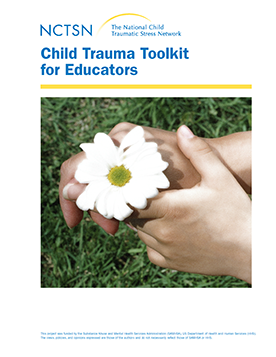
Provides school administrators, teachers, staff, and concerned parents with basic information about working with traumatized children in the school system.
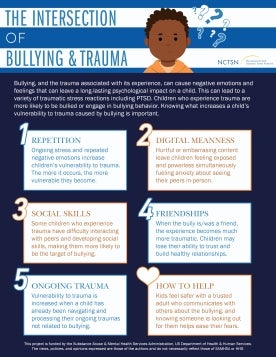
Highlights the intersection between bullying and trauma and offers ways adults can help them feel safe and supported.

Provides information to teens about staying safe while they are online. This fact sheet describes why sexting is not smart and how sexts can be used to hurt or bully. It offers tips for keeping teens safe when they are online, including privacy settings and protecting their identity.
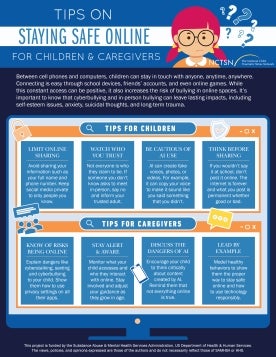
Offers practical tips for children and caregivers to stay safe online, recognize the risks of cyberbullying and AI misuse, and promote healthy, responsible digital habits.
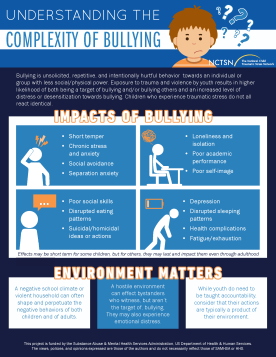
Explores the complex relationship between bullying and trauma. Highlights how both targets and perpetrators can be affected by their environments and how these experiences shape emotional and behavioral responses.
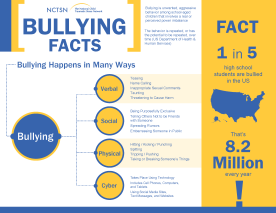
Offers simple facts on bullying. This infographic outlines the different types of bullying.
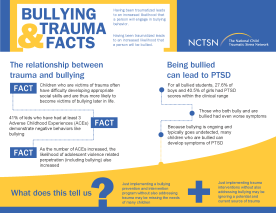
Offers facts about bullying and trauma. This infographic provides facts about the relationship between bullying and trauma, as well as how being bullied can lead to PTSD.
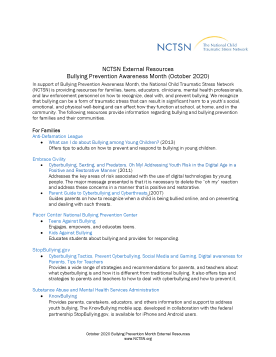
Provides external resources related to National Bullying Prevention Month.

Helps educators understand how they might address the interplay of race and trauma and its effects on students in the classroom. The guide outlines recommendations for educators and offers a list of supplemental resources.
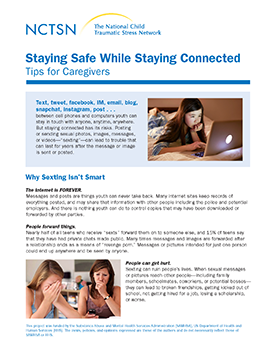
Provides information to parents and caregivers about keeping children safe online. This fact sheet describes why sexting is not smart and how sexts can be used to hurt or bully.
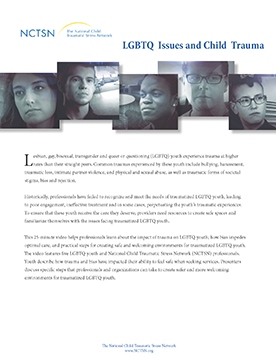
Offers an introduction to the Safe Places, Safe Spaces video. This fact sheet gives a brief overview for working with LGBTQ youth as well as a synopsis of the video, and suggested resources.